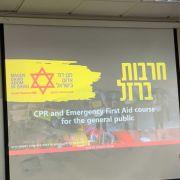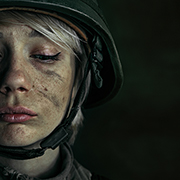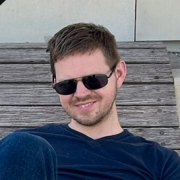"Our Goal Is to Save Lives": A Hands-On Experience in Crisis Management
Disaster Response Simulation at Tel Aviv University
“By far the biggest earthquake has hit Tel Aviv in the Ramat Aviv area. The aftershocks are still occurring, but tremors are said to have been felt up to 900 miles away. Power outages are impacting most of the country. Over 10,000 are already confirmed dead, but their number is expected to continue to rise. Thousands more are estimated to be injured.”
This grim briefing is what greeted TAU students as they approached the campus lawn, which had been transformed into a disaster zone. Magen David Adom (MADA) volunteers, posing as victims of the natural disaster, lay sprawled on the grass, waiting for rescue. This was the culmination of a four-day intensive course titled "Public Health Consequences to Disasters," run by the United Rescue Alliance in partnership with the Master’s in Disaster Management.
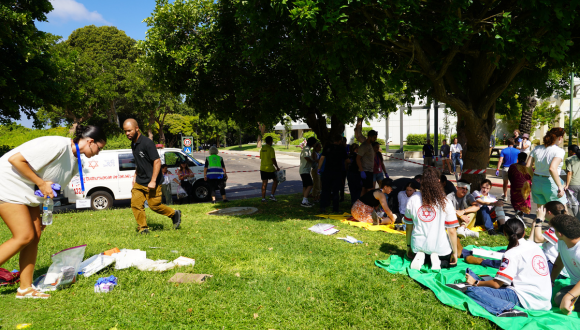
Public Health Consequences simulation
Integrating Diverse Expertise: From Theory to Practice
The Master's of Disaster Management program, the first and only one of its kind in Israel, regularly holds hands-on training sessions to ensure that students receive not only a solid theoretical foundation but also practical skills for developing and implementing intervention plans for emergency and disaster situations.
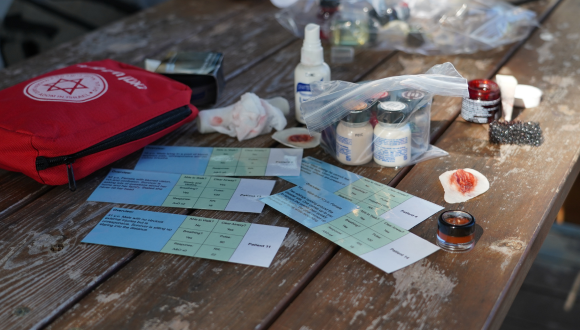
Module one props—make-up and victim medical and mental profiles
Participation in the summer course extended beyond MDM students—those studying Public Health and Conflict Resolution also took part. As Hana Balshin, a Conflict Resolution student from Canada, explained, “A lot of the course is about mental health. I felt like it was a crossover between my interest in conflict resolution and psychology.”

Stage two briefing
The simulation, designed to be as realistic as possible, was divided into three stages, each beginning with updates on the disaster's impact and scope. Students applied their knowledge in tactical field response and strategic action planning.
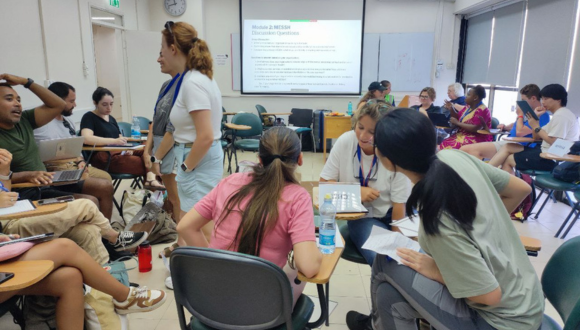
Group discussions during the tabletop exercise
The first stage involved search and rescue, administering first aid, and triaging victims. Next, students participated in a tabletop exercise to draft aid plans addressing physical and mental health concerns, food shortages, and infrastructural damage. Finally, they coordinated inter-agency responses to public health challenges posed by the disaster, including water supply and sanitation, epidemic management, environmental health, child welfare, and more.
Holistic Crisis Management: Beyond the Physical Response
One of the critical components of the training was the focus on MESSH approach to disaster psychology, which takes into account mental, emotional, social, and spiritual needs.
"It’s holistic, not only addressing the visible physical needs but also the invisible ones from trauma and aftershocks."—Angel Poorman, the CEO and founder of URA
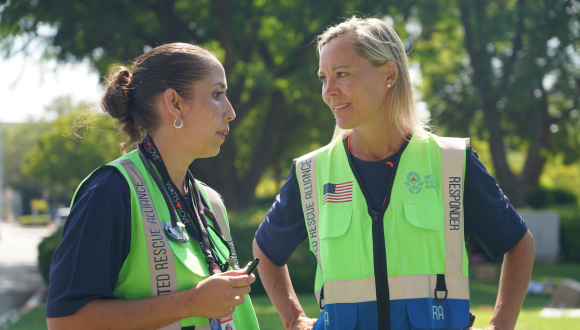
Angel Poorman, the CEO and founder of URA (right) and Brenda Zamora, URA Guatemala Executive Director (left)
This approach was emphasized during the tabletop stages where students represented ten different international organizations such as WHO, UNICEF, IsraAid, Medicins Sans Frontiers, URA, and others.
"They have to take the overview of what's been presented and work together to help survivors take their next step toward recovery."—Brenda Zamora, URA Guatemala Executive Director
The group representing the World Food Program, led by Cecilia (Mkyeku) Onesmo Kisanga", an MDM student from Tanzania, won a round of applause from the participants for presenting the most ambitious and comprehensive aid response covering all the bases – from food, to vaccines, to shelters and generators.

Cecilia Kisanga negotiating inter-agency response
As Cecilia commented, "many are familiar with WFP’s role in food security however many weren't aware of its other roles like supply chain and logistics and several other humanitarian action areas."
The Reality of the Field: Overcoming the Unexpected
Students were quick to realize the difference between theoretical knowledge and real-life application. "The main takeaway is that it's way more overwhelming in real life than it is in class. You can learn everything you want in class, but when you get out in the field, even in a simulation, it's just too many thoughts happening at the same time," shared Claudia Michiels, Conflict Resolution student from Belgium.
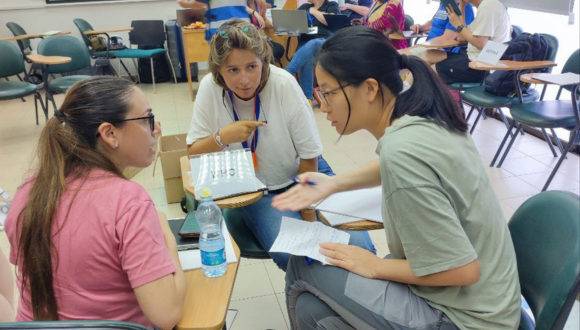
Claudia Michiels with her teammates
Reflecting on the emotional challenge of leaving behind victims during the simulation, she added: "When they whistled three times, we had to go out and leave the people who couldn't walk. It was heartbreaking, and I can’t even imagine how it is in real life."
Building Resiliency and Hope
The goal of this rigorous training was not just to teach students the technical aspects of disaster response but also to instill in them the ability to bring hope in times of despair.
"If it’s a car accident or a mass casualty, they will be able to set up a command center, understand the medical needs, and assess the situation."—Angel Poorman
Prof. Bruria Adini, head of the Master’s in Disaster Management, stressed: "Reality is going to be harder, more chaotic, more messy, and more challenging. But our real goal is to save lives and mitigate injuries."

Angel Poorman (second from the left) and Prof Bruria Adini (right) with MADA staff
She underscored the importance of preparation, teamwork, sharing information, and situational awareness in disaster response.
“This program is crucial because if you don’t get the practice, you’re not ready for it in real time.”—Sharon Zorde, a Disaster Management student
While the chaos of a real disaster is impossible to replicate fully, exercises like these are vital in preparing the next generation of responders to save lives and build resilience in the aftermath of catastrophes.
Interested in becoming a leader in disaster management? Learn more about the MDM program


